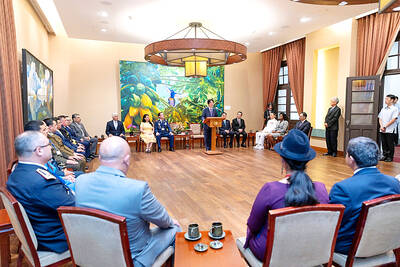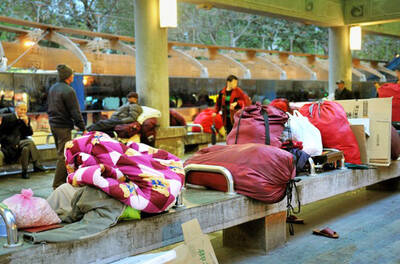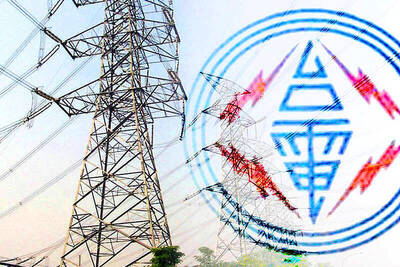Meta’s social media platform Instagram is rolling out “Teen Accounts” for 13-to-17-year-olds across the Asia-Pacific region this week, with the new rules taking effect in Taiwan yesterday, the company said in a news release.
The new rules set the Instagram profiles of users under 16 as private by default, it said.
Parental permission is required to create a public profile, it added.

Photo: Reuters
Private accounts only allow users who have been accepted by the account holder as “followers” to interact with the account or view their information.
The policy applies to new and existing accounts, and would affect millions of teenagers in the Asia-Pacific region, Meta said.
Those aged 16 and 17 who open new accounts would also have their profiles automatically set to private, although they may choose to switch to public profiles, it said.
The Teen Accounts have safety measures designed to address parental concerns about teenagers’ prolonged use of the app, viewing of sensitive information and ability to message strangers, Meta said.
To limit the possibility of young people giving an incorrect date of birth to bypass the new measures, Instagram would ask minors to undergo age verification checks, it said.
Teen Accounts would also filter out sensitive or graphic images from the “explore” page and Reels, Instagram’s short-form video platform, including violent content and promotions of plastic surgery, Meta said.
Once a Teen Account has been used for 60 minutes in a day, a notification would be sent to close the application, it said.
Between the hours of 10pm and 7am, the accounts would automatically switch to “sleep mode,” silencing notifications, sending automatic message replies and displaying reminders to close the app, it said.
Meta said it would notify existing accounts before they are switched to “Teen Accounts” as the measures are gradually rolled out in the coming months.

Costa Rica sent a group of intelligence officials to Taiwan for a short-term training program, the first time the Central American country has done so since the countries ended official diplomatic relations in 2007, a Costa Rican media outlet reported last week. Five officials from the Costa Rican Directorate of Intelligence and Security last month spent 23 days in Taipei undergoing a series of training sessions focused on national security, La Nacion reported on Friday, quoting unnamed sources. The Costa Rican government has not confirmed the report. The Chinese embassy in Costa Rica protested the news, saying in a statement issued the same

Taiwan’s Liu Ming-i, right, who also goes by the name Ray Liu, poses with a Chinese Taipei flag after winning the gold medal in the men’s physique 170cm competition at the International Fitness and Bodybuilding Federation Asian Championship in Ajman, United Arab Emirates, yesterday.

A year-long renovation of Taipei’s Bangka Park (艋舺公園) began yesterday, as city workers fenced off the site and cleared out belongings left by homeless residents who had been living there. Despite protests from displaced residents, a city official defended the government’s relocation efforts, saying transitional housing has been offered. The renovation of the park in Taipei’s Wanhua District (萬華), near Longshan Temple (龍山寺), began at 9am yesterday, as about 20 homeless people packed their belongings and left after being asked to move by city personnel. Among them was a 90-year-old woman surnamed Wang (王), who last week said that she had no plans

TO BE APPEALED: The environment ministry said coal reduction goals had to be reached within two months, which was against the principle of legitimate expectation The Taipei High Administrative Court on Thursday ruled in favor of the Taichung Environmental Protection Bureau in its administrative litigation against the Ministry of Environment for the rescission of a NT$18 million fine (US$609,570) imposed by the bureau on the Taichung Power Plant in 2019 for alleged excess coal power generation. The bureau in November 2019 revised what it said was a “slip of the pen” in the text of the operating permit granted to the plant — which is run by Taiwan Power Co (Taipower) — in October 2017. The permit originally read: “reduce coal use by 40 percent from Jan.